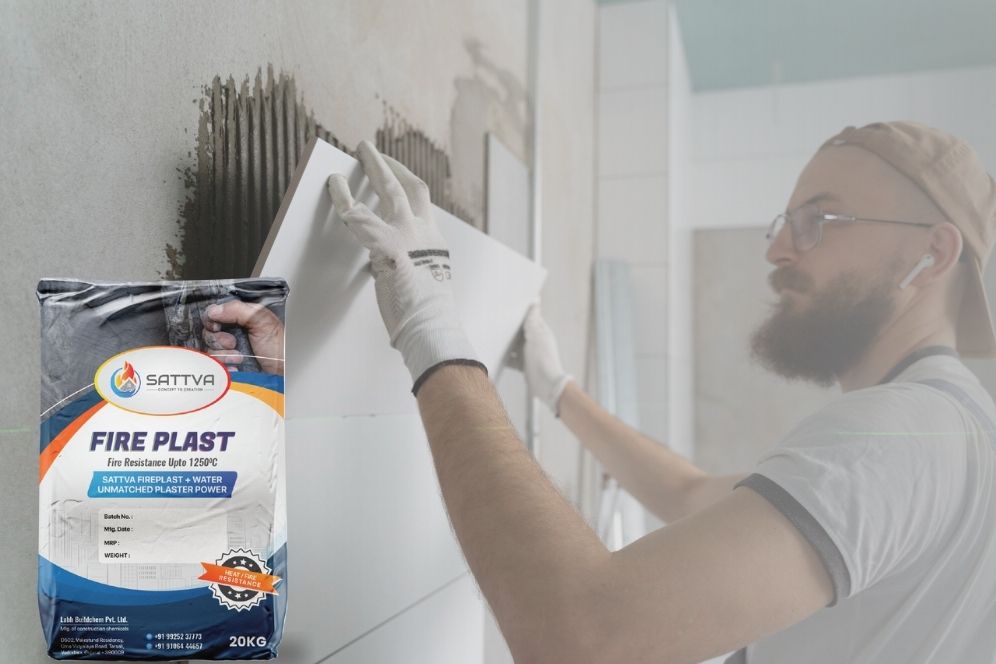Fire safety is a critical aspect of construction, and using fireproof plaster is one of the most effective ways to enhance protection. It plays a crucial role in slowing down fire spread, giving people more time to evacuate and reducing structural damage. Understanding how it works can help homeowners and builders make informed decisions.
What is Fireproof Plaster?
Fireproof plaster is a specially formulated material designed to withstand high temperatures and prevent the spread of flames. It contains fire-resistant compounds like inorganic sand and polymers that enhance its ability to resist heat. This type of plaster does not ignite easily and helps contain fires within specific areas.
How Fireproof Plaster Prevents Fire Spread?
- Heat Resistance and Insulation: Fireproof plaster acts as a thermal barrier, preventing heat from penetrating walls and ceilings. This slows down the spread of fire, keeping adjacent rooms protected for a longer period.
- Minimal Smoke and Toxic Gas Emission: Unlike traditional materials that release toxic fumes when exposed to flames, fire-resistant plaster reduces the production of harmful gases, ensuring better air quality during emergencies.
- Structural Integrity Retention: Fireproof plaster helps maintain the structural integrity of a building by preventing excessive damage to walls and ceilings. This ensures that escape routes remain intact, allowing safe evacuation.
- Slowing Down Fire Progression: By containing fire within a specific area, fireproof plaster buys crucial time for firefighting efforts. This minimizes property damage and improves the chances of controlling the situation before it spreads further.
Real-Life Example of Fireproof Plaster in Action
A notable example of fireproof plaster proving its effectiveness was during a fire incident in a commercial building in Mumbai. A short circuit caused a fire in one of the offices, but the fire-resistant walls coated with fireproof plaster helped contain the flames within the affected area. This slowed down the spread, allowing firefighters to control the situation before it could engulf other parts of the building.
As a result, the damage was limited, and no casualties were reported, demonstrating the importance of fire-resistant materials in construction. Similarly, in Surat, a textile warehouse experienced a fire outbreak due to an electrical fault. However, since the building was constructed with fire-resistant plaster, the fire remained confined to a small section, preventing large-scale damage and protecting workers from harm.
Why Do Builders Prefer Fireproof Plaster?
- Compliance with Fire Safety Standards: Many building codes require fire-resistant materials to be used in construction to enhance safety.
- Long-Term Protection: It extends the lifespan of buildings by preventing excessive fire damage.
- Enhanced Safety for Occupants: By reducing fire risks, fireproof plaster provides better security for residents and workers in commercial spaces.
Fireproof plaster is an essential component in modern construction, significantly improving fire safety by slowing down fire spread, reducing smoke emission, and maintaining structural integrity. Investing in fire-resistant materials not only protects lives but also minimizes property damage in case of an emergency. Whether in homes, offices, or industrial buildings, fireproof plaster is a reliable solution for enhanced safety.

